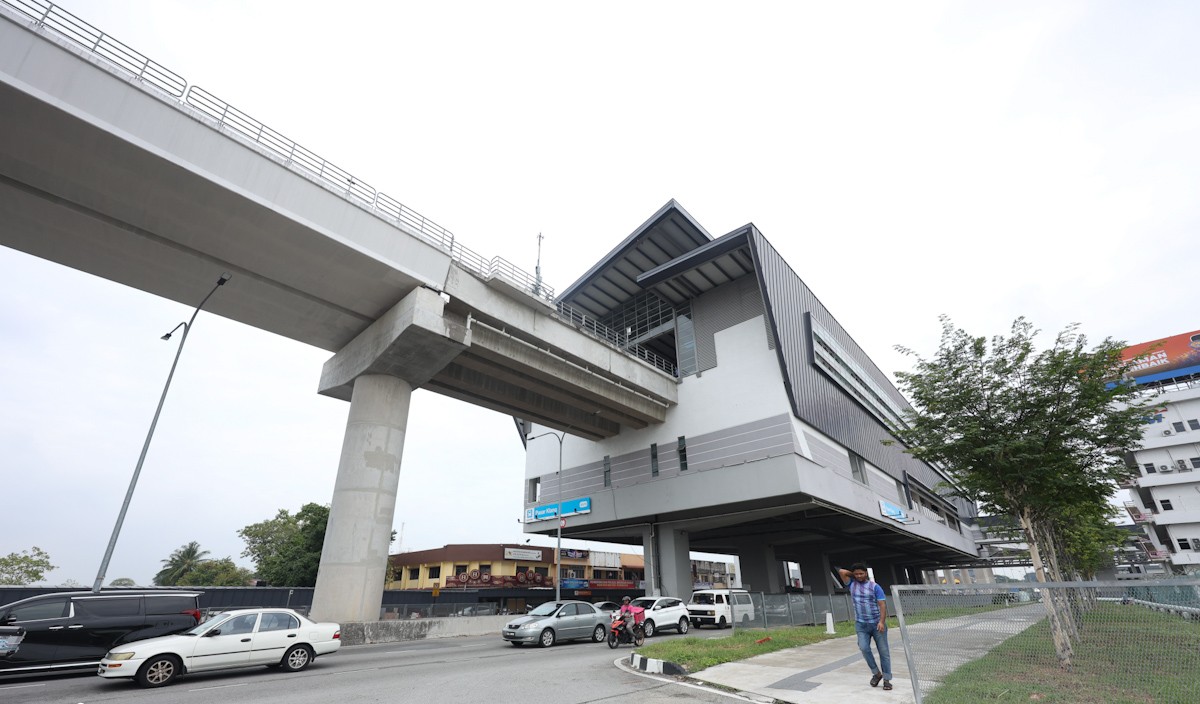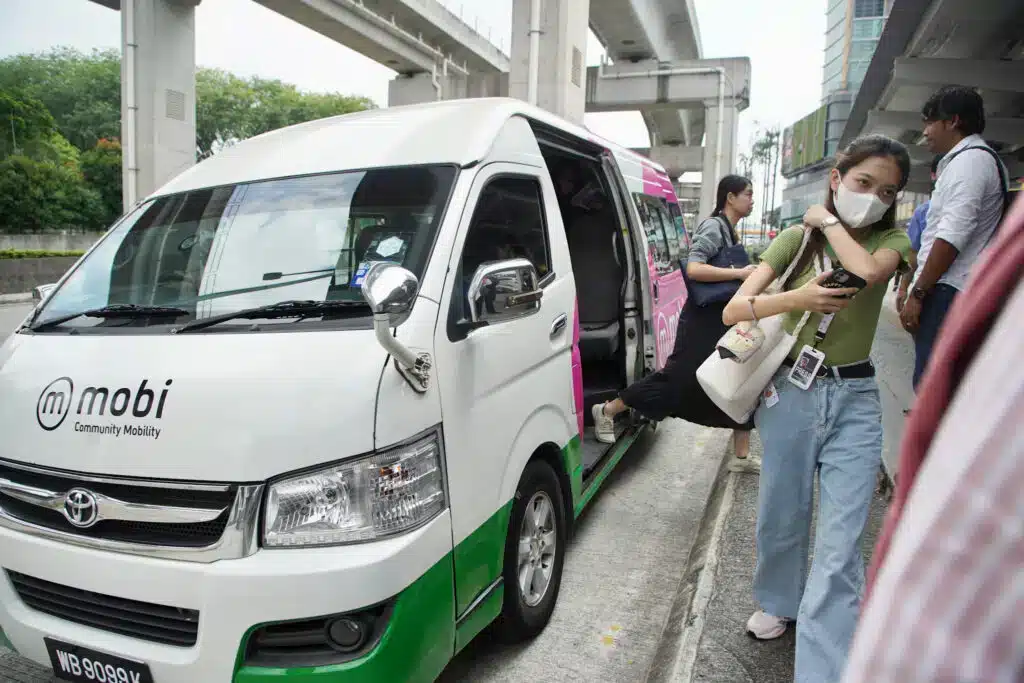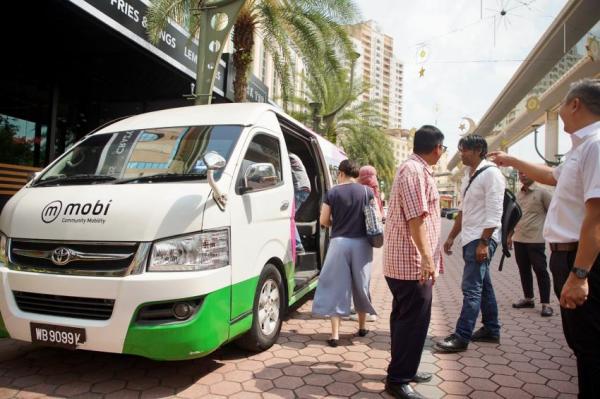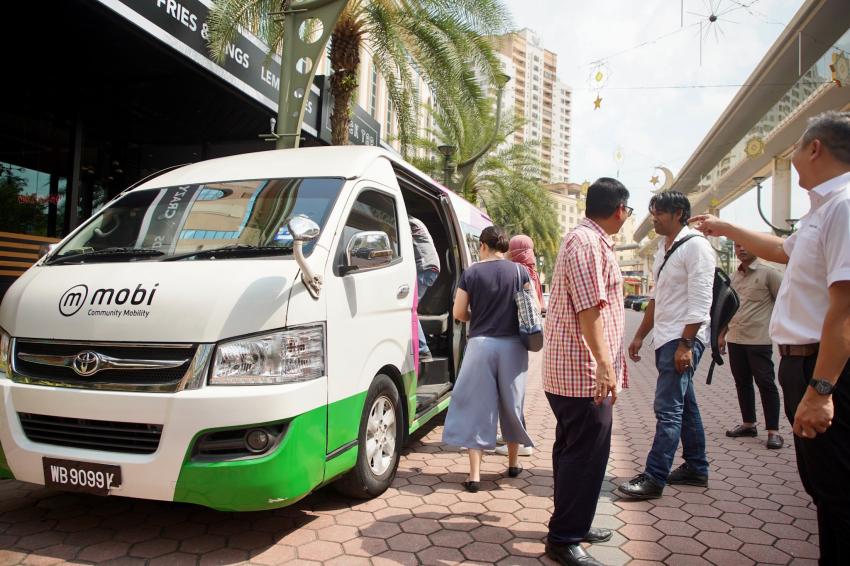SHAH ALAM, Oct 2 — The LRT3, set to start operating at year end, is set to become an important transport hub for Klang and Shah Alam residents. However, this project isn’t an all-reaching system that can link every community. Its success depends on how well the last-mile connectivity network can be implemented to make the LRT3 the people’s choice.
The 37km line with 26 stations will connect western Klang to Bandar Utama, Shah Alam and Kuala Lumpur. Residents and traders hope it would reduce traffic, improve human movement, and increase real estate values, but without an efficient system — especially for first- and last-mile connectivity — the benefits of public transport may not reach everyone.
The LRT3 line stretches across three areas of jurisdiction — the Petaling Jaya City Council (MBPJ) with five stations and one proposed stop, the Shah Alam City Council (MBSA) with six stations and three proposed stops, and the Klang Royal City Council (MBDK), with nine stations and one proposed stop.
Along the line, many stations are located more than 3km from residential areas, so the main challenge is to ensure commuters can access the stations quickly, comfortably, and safely. Without a solution, residents cannot make full use of public transport.

First-, last-mile connectivity service undecided
The Transport Ministry has assured that various connections will be provided, including taxis, e-hailing and mini buses (Rapid KL On-Demand) managed by Prasarana, but experts say the government must formulate a systematic connector bus service.
Urban planning expert Goh Bok Yen said many LRT3 stations are in slow-developing areas, so without link buses, it would be hard to achieve an effective public transport system.
Klang Chinese Chamber of Commerce and Industry president Dato’ Jeffery Tan meanwhile said the LRT3’s success factor would be its connections.
“If there are no frequent, timely connector transport to send passengers to residential or commercial areas, the public will not choose to use public transport,” he said, adding that some stations are easily accessible, but some are too far to reach on foot.
“For most people, walking more than 10 minutes is impractical.”
Tan said that with a good connector system, the LRT3 won’t just alleviate traffic, but boost local growth and draw tourists to explore Klang’s food and culture.
Klang Residents’ Associations Congress chairman Boay Yeng Kuen said the LRT3 would improve mobility effectiveness, but results would depend on safe, trusted connectors.
“Peak hour traffic in Klang is apparent. If the LRT3 operates well, it could lessen the severity, but with our country’s hot weather and rain, walking a few kilometres to the station is not an option,” he said.
He emphasised the need for mini buses and community commuting service.
“For instance, the Bukit Tinggi station is near a residential area, but its distance from the school and hospital is still 3km to 4km — impossible to reach on foot.”
Boat said the LRT3 also functions as a project to draw human traffic to revive sleepy towns, increase spending, create jobs, and stimulate the economic chain and tax revenue.

Meanwhile, Klang Utama Residents’ Association chairman Tan Poh Hock said the lack of connector systems and parking facilities will limit the LRT3’s benefits.
“In Klang Utama, the nearest station is still too far. If residents have to drive 15 to 20 minutes to the station and then deal with parking issues, they won’t want to use the LRT3. For senior citizens, students and housewives, walking is not an option,” he said.
He urged the government to provide community buses and integrated parking at stations to support the park-and-ride concept.
“Singapore is the best example. There, every MRT station is connected to a complete bus terminal.”
Jalan Meru restaurant operator Boon Kok Choon said old towns have been quiet after most residents migrated, leading to dwindling buying power.
“Us petty traders hope the LRT3 will bring people and more economic opportunities to old towns,” he said.
Boon’s restaurant near Sungai Pinang is near an LRT3 station, and he believes this could help him attract more customers and make the area more lively.
One line, one hope
The LRT3 isn’t just a public transport project, but a “restorative line”. For residents, it means easier travel; for traders, it is a chance to welcome more customers; for the city, it is a symbol of economic progress and cultural exchange.
However, these hopes would only be achieved with truly functional connectivity. Only by ensuring passengers’ journey from home to station is obstacle free can the LRT3 realise its goal to revive old towns along its route.


